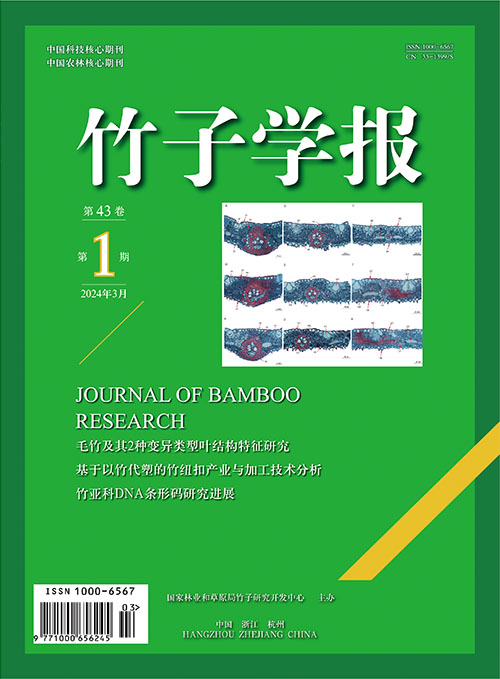2021 Vol. 40, No. 2
Display Method:
2021, 40(2): 1-5.
Abstract:
2021, 40(2): 6-13.
Abstract:
2021, 40(2): 14-21.
Abstract:
Effect of Fertilization on Physiological Characteristics of Phyllostachys edulis under Strip Cutting
2021, 40(2): 22-28.
Abstract:
2021, 40(2): 29-36.
Abstract:
2021, 40(2): 37-41.
Abstract:
2021, 40(2): 42-48.
Abstract:
2021, 40(2): 49-54.
Abstract:
2021, 40(2): 55-59.
Abstract:
2021, 40(2): 60-64.
Abstract:
2021, 40(2): 65-68.
Abstract:
2021, 40(2): 69-73.
Abstract:
2021, 40(2): 74-79.
Abstract:
2021, 40(2): 80-83.
Abstract:
2021, 40(2): 84-88.
Abstract:
2021, 40(2): 89-93.
Abstract:



